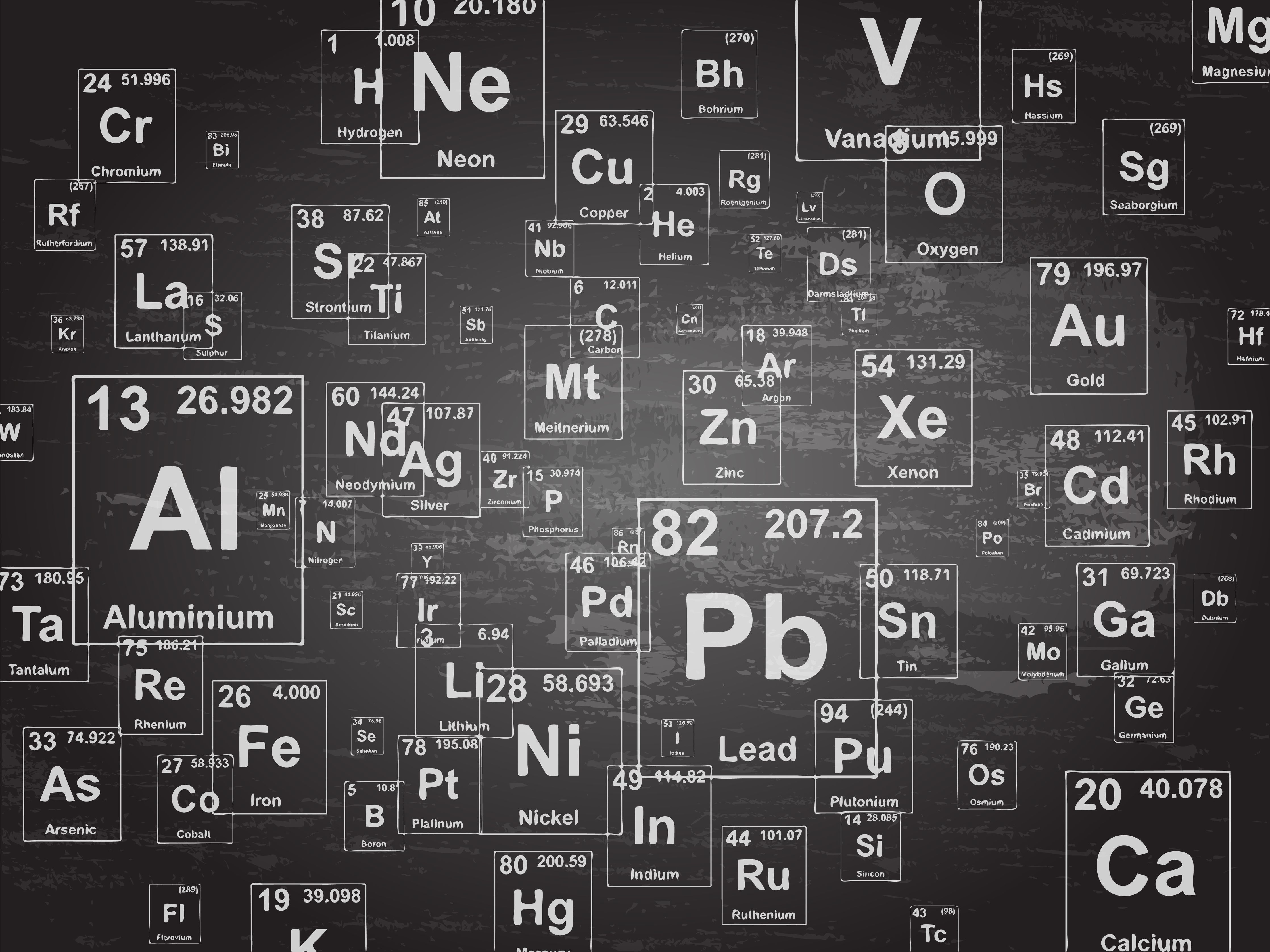LIBS Analysis Reveals Contamination Profiles of FTU Limiter Tiles After Fusion Plasma Experimental Campaign
A research group has utilized laser-induced breakdown spectroscopy (LIBS) to analyze the contamination profiles of Frascati Tokamak Upgrade (FTU) limiter tiles after exposure to fusion plasma. The study revealed the presence of various contaminants, including boron, calcium, lithium, and eroded materials, providing valuable insights into the distribution and effects of fusion plasma on the surfaces of these tiles.
Researchers at the Italian National agency ENEA have conducted laser-induced breakdown spectroscopy (LIBS) analysis on the Frascati Tokamak Upgrade (FTU) limiter tiles, which were exposed to fusion plasma during the last experimental campaign in 2019 (1). Their study, published in Spectrochimica Acta Part B: Atomic Spectroscopy, provides insights into the surface mapping and depth profiling of the titanium (Ti), zirconium (Zr), and molybdenum (Mo) alloy (TZM) tiles (1). As a result, the study reveals the presence of various contaminants and their distribution across the tiles.
Chemical Elements Blackboard | Image Credit: © Eyematrix - stock.adobe.com

FTU limiter refers to a specific component used in the FTU device, which is a tokamak-style fusion reactor located in Frascati, Italy. The limiter serves as a protective barrier within the device to contain and control the plasma during fusion experiments (1). It is designed to withstand high temperatures, intense plasma interactions, and the erosive effects of fusion plasma (1). The FTU limiter plays a crucial role in shaping the plasma boundary and managing plasma-wall interactions, contributing to the overall performance and safety of the fusion device (1).
The LIBS analysis was performed using a spectrometer array covering the range of 200–780 nm, along with a high-resolution spectrometer with a spectral window of 10 nm and a resolution of 0.1 Å at 500 nm (1). Through a depth profiling procedure, the researchers observed the presence of contaminants such as B, Ca, Cr, Fe, K, Li, Mn, Mo, Ni, and Ti in the surface layers of the TZM tiles. Additionally, H, O, and N were detected in deeper layers after laser shots, indicating contamination from environmental gases (1).
The preliminary boronization procedure of the first wall (FW) using deuterated diborane (D2B6) was attributed to the presence of B in the surface layers, although D was not detected (1). Li was identified as a deposited layer originating from previous experiments involving liquid metal limiters in FTU (1). The presence of Ca and K was believed to result from tile manipulation during FTU decommissioning or residual impurities co-deposited with Li (1). The deeper contamination with H, O, and N was attributed to exposure to environmental gases. The term first wall (FW) refers to the component of a fusion device that comes into direct contact with the plasma (1).
The study also revealed the presence of Mo and Ti as major constituents of the tiles, as well as eroded material resulting from exposure to fusion plasma. Cr, Fe, Mn, and Ni were detected as eroded materials from the vacuum vessel (VV) (1). The researchers observed significant variation in surface concentration and thickness of the contaminated layers across the TZM tiles, indicating a tendency of major impurity accumulation in areas further from the reactor's equatorial section (1).
These findings contribute to the understanding of the impact of fusion plasma on the surfaces of limiter tiles, aiding in the development of improved materials and maintenance strategies for future fusion reactors. The research conducted by ENEA researchers enhances our knowledge of the challenges associated with plasma-facing components, ultimately contributing to the advancement of fusion energy technologies.
Reference
(1) Almaviva, S.; Colao, F.; Iafrati, M.; et al. LIBS characterization of the Frascati Tokamak Upgrade (FTU) limiter tiles after the experimental campaign with fusion plasma. Spectrochimica Acta Part B: At. Spectrosc. 2023, 206, 106715. DOI: 10.1016/j.sab.2023.106715
Laser Ablation Molecular Isotopic Spectrometry: A New Dimension of LIBS
July 5th 2012Part of a new podcast series presented in collaboration with the Federation of Analytical Chemistry and Spectroscopy Societies (FACSS), in connection with SciX 2012 — the Great Scientific Exchange, the North American conference (39th Annual) of FACSS.